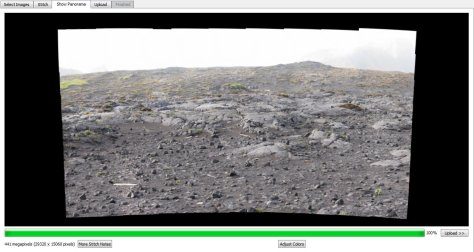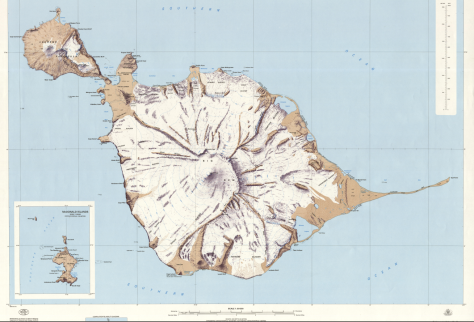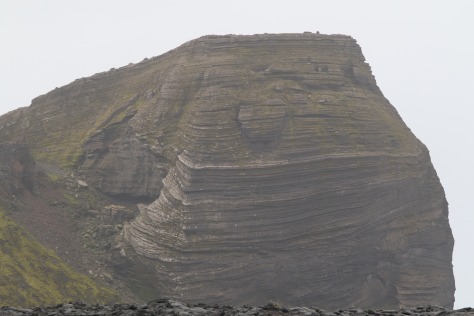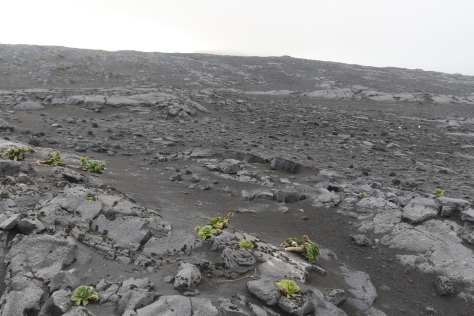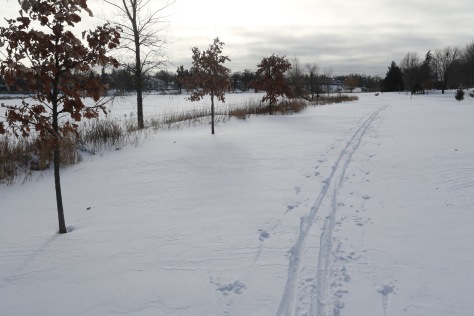
Yesterday, a big snowstorm dumped about 30 cm (12″) of snow on Minneapolis, and high winds blew that snow around. On my way home from lab, the train worked well, but I definitely chose correctly when I decided to walk home from the train (2-3 km) rather than take the bus. The roads were a mess, but walking wasn’t too bad.
When that much snow falls that quickly, skiing can be much better for getting around than driving. After dinner I hopped on the skis to go tour around the neighborhood and enjoy being on snow for the first time this winter. I’d barely skied half a block when a car got stuck turning and I helped get them through the intersection.
Skiing around the lake was wonderful. There’s something magical about the quiet of lots of new-fallen snow, and even though the skiing was slow-going, it was fun. However, with it being dark and my being on skis for the first time this winter, I didn’t bring a camera with me.
This morning I went out again and took the camera, because there was a lot of neat stuff to be seen. After helping two more cars get unstuck, I made it to the lake. There were tracks: skis (see photo above), boots, snowshoes, and dogs, plus tire tracks in the roads. High winds had also led to drifting, so there were eolian features as well: mini-dunes, scoops, and even some parabolic or blowout features.

Scoops form when wind has to travel around an object such as a tree, rock, or the legs of a park bench. Because the wind velocity increases on the leading edge of the feature, snow or sand get removed from in front of the obstruction.

The lake is a great place to look for eolian features, because its flat surface without plants or other obstructions provides a large windy area. Miniature dunes formed, with steep faces to windward, and shallower slopes on the leeward side. In the photo of the lake above, the wind was traveling left-to-right. It also features a pair of cross-country ski tracks!

One of the neat features was this blowout on the south (leeward) side of the lake. Last night it seemed to be a fairly parabolic feature, but today it was clearly a blowout. The grasses slowed the wind and provided a place for snow to accumulate, while the gap between grass tussocks was a high-wind area. Scouring is evident near the gap, but deposition follows not far downwind, and the parabolic shape of the features is visible.

There were a few birds out and about this morning, too! A white-breasted nuthatch was foraging in a tree above me, and several other nuthatches were fluttering around nearby.

It was a fun expedition out skiing, and I was happy to take some pictures along the way. The snowplows were busy while I was out, and several of the streets had been cleared before I got back home, so there were fewer cars to help out of the deep snow.

